Featuring 3D animation and rendering systems, as well as serialization and the integration of Jolt Physics.


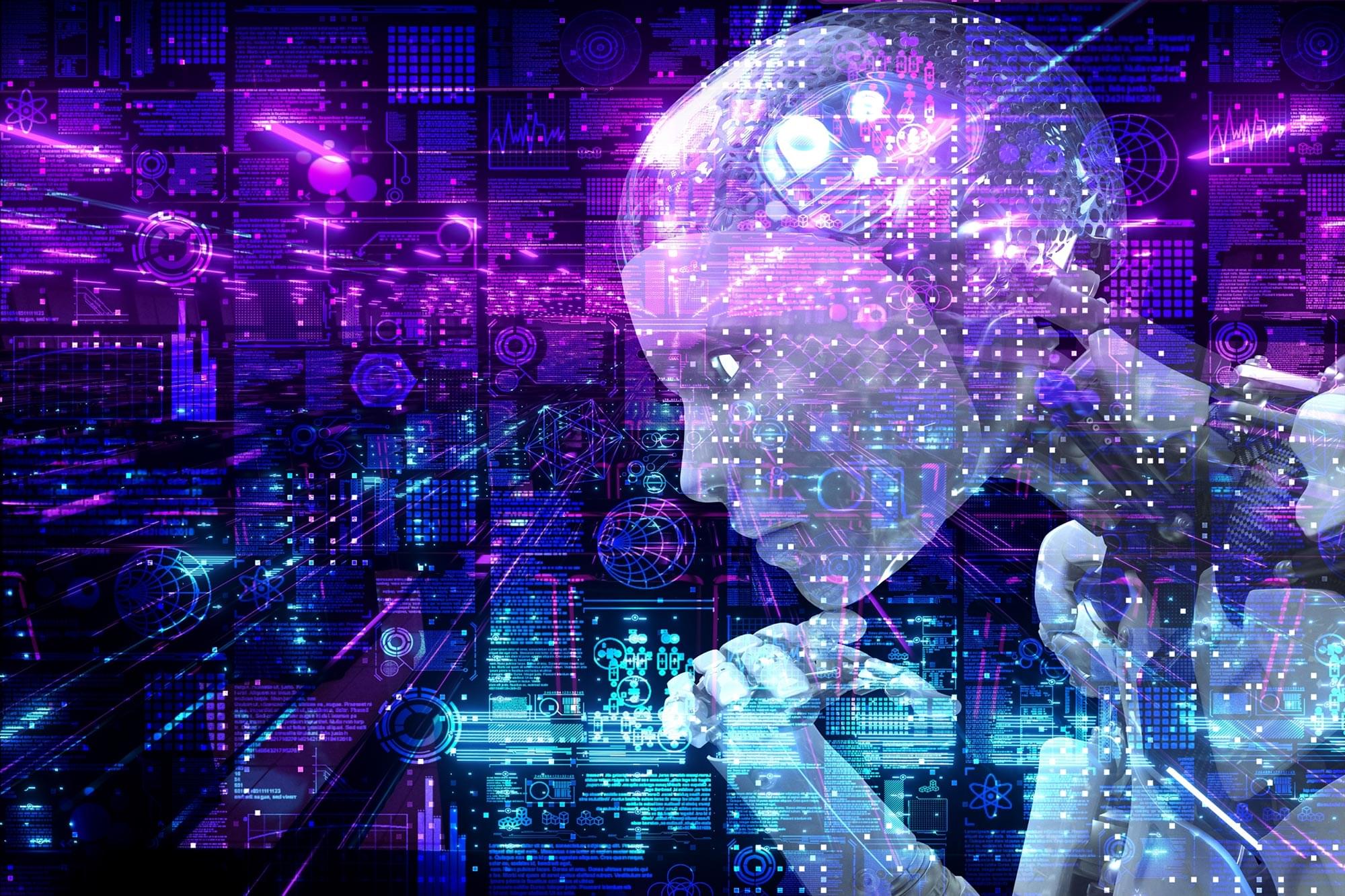
Don’t miss Werner Grandl’s webinar, today: “Lagrange Factory and Geo-Lunar Space Industrialization”
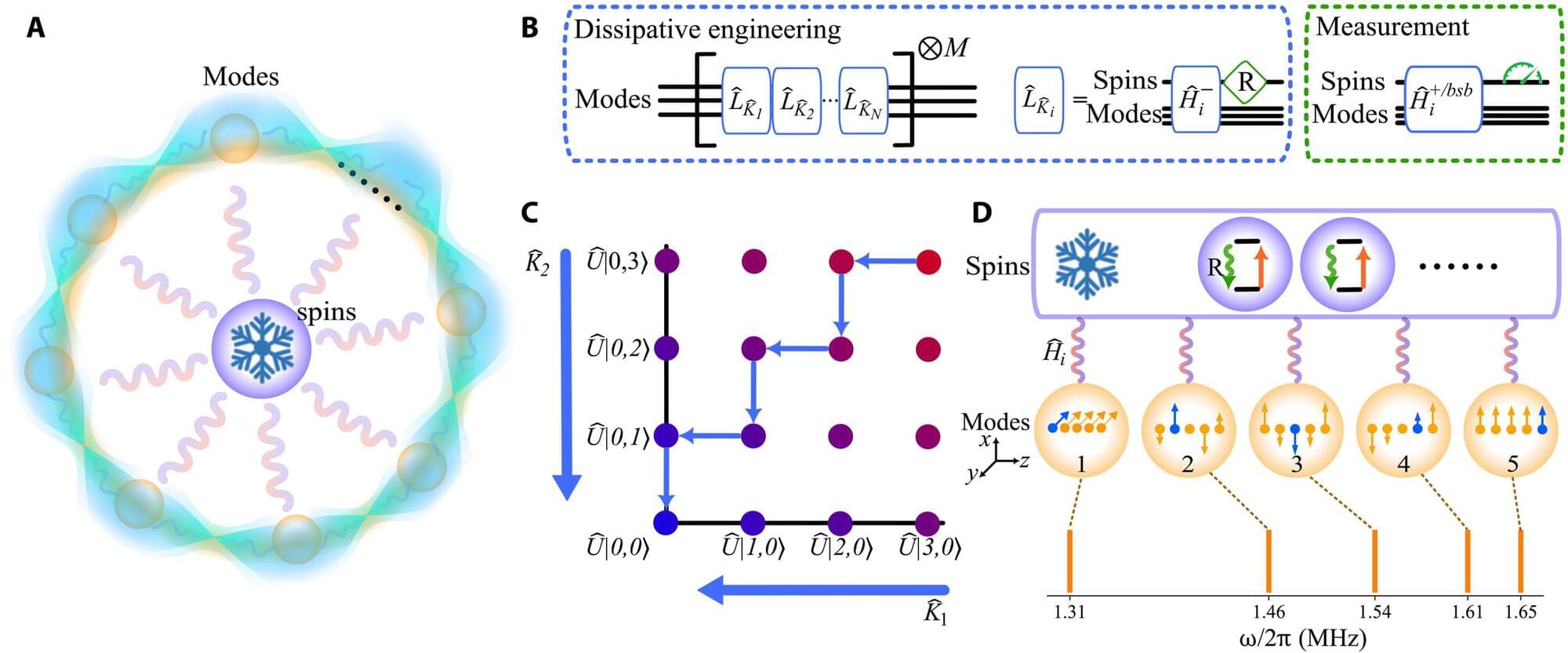
A research team led by Prof. Lin Yiheng from the University of Science and Technology of China (USTC), collaborating with Prof. Yuan Haidong from the Chinese University of Hong Kong, succeeded in generating multipartite quantum entangled states across two, three, and five modes using controlled dissipation as a resource. Their study is published in Science Advances.
Multimode entanglement is a key resource in quantum computation, communication, simulation, and sensing. One of the major challenges in achieving stable and scalable multimode entanglement lies in the inherent susceptibility of quantum systems to environmental noise—a phenomenon known as dissipation. To mitigate dissipative effects, conventional preparation methods often require isolating the system from its surroundings.
Recent theoretical and experimental works have revealed an innovative perspective: when properly engineered, dissipation can be transformed into a resource for generating specific quantum states—known as dissipation engineering. However, previous related experiments were confined to single-mode and two-mode quantum systems, and significant challenges remain in the experimental realization of entangled states across multimode bosonic systems.
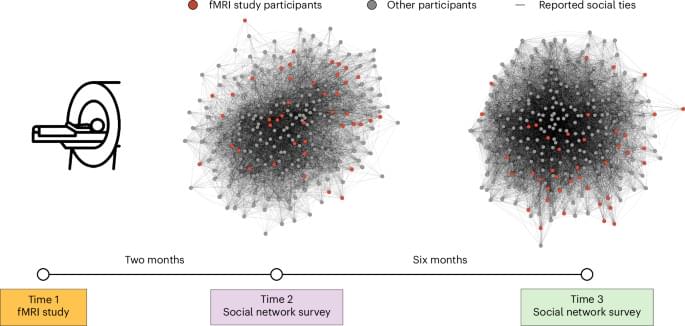

Brian Cory Dobbs’s documentary promotes the baseless idea that Mars was once inhabited by an advanced civilisation. But there’s some value in how it inadvertently documents a generation of otherwise-sensible scientists, says Simon Ings
By Simon Ings

Artificial intelligence offers the potential to improve people’s living standards. Such advances can be approximated by changes in GDP per capita over time. Using that common measure, AI could enhance longstanding productivity gains or, alternatively, drastically alter the economy in relatively short order.

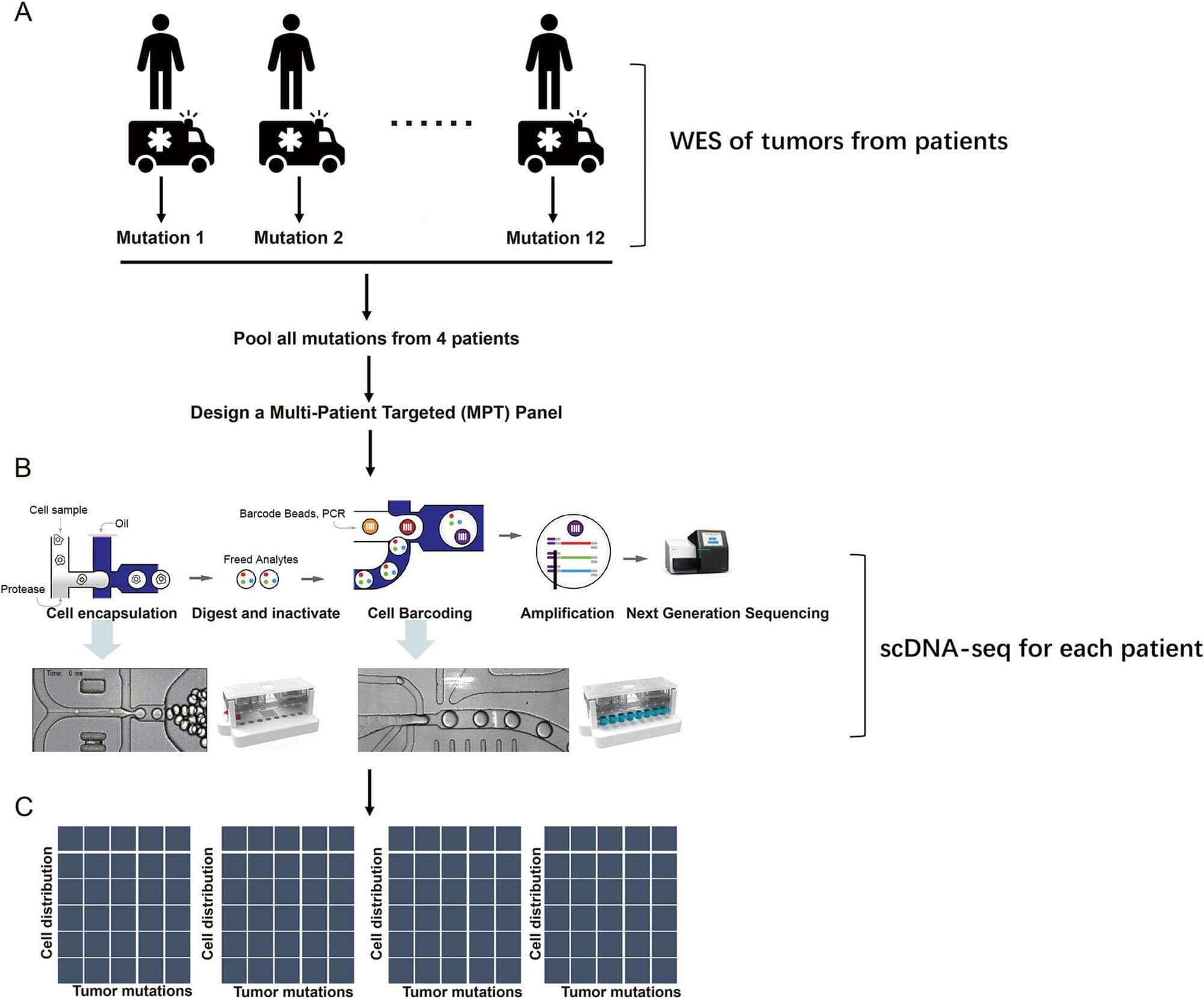
Cutaneous squamous cell carcinoma (CSCC) is a prevalent skin cancer with aggressive progression that poses significant challenges, especially in metastatic cases. Single-cell DNA sequencing (scDNA-seq) has become an advanced technology for elucidating tumor heterogeneity and clonal evolution. However, comprehensive scDNA-seq studies and tailored mutation panels for CSCC are lacking.
We analyzed the genomic landscape of Chinese CSCC patients via a Multi-Patient-Targeted (MPT) scDNA-seq approach. This method combined bulk exome sequencing with Tapestri scDNA-seq. Mutations identified through bulk sequencing were used to design a targeted panel for scDNA-seq. Comparative analysis was conducted to explore the associations between specific gene mutations and clinical characteristics such as tumor stage and patient sex. Clonal evolution analysis was performed to understand the evolutionary trajectories of the tumors.
Bulk sequencing revealed a diverse spectrum of somatic mutations in CSCC tumors, with missense mutations being predominant. The top tumor mutations, such as those in NOTCH1, TP53, NOTCH2, TTN, MUC16, RYR2, PRUNE2, DMD, HRAS, and CDKN2A, presented similar frequencies to those reported in studies in Korean and Caucasian populations. However, the mutation frequencies of HRAS, TTN, MUC16 and MUC4 were significantly different from the Korean and Caucasian populations. Comparative analysis revealed associations between specific gene mutations and clinical characteristics such as tumor stage and patient sex. Clonal evolution analysis via scDNA-seq revealed distinct evolutionary trajectories and their potential correlation with tumor development and patient prognosis. Furthermore, scDNA-seq identified two low-frequency mutation clones, NLRP5 and HMMR, which play important roles in the clonal evolution of CSCC.
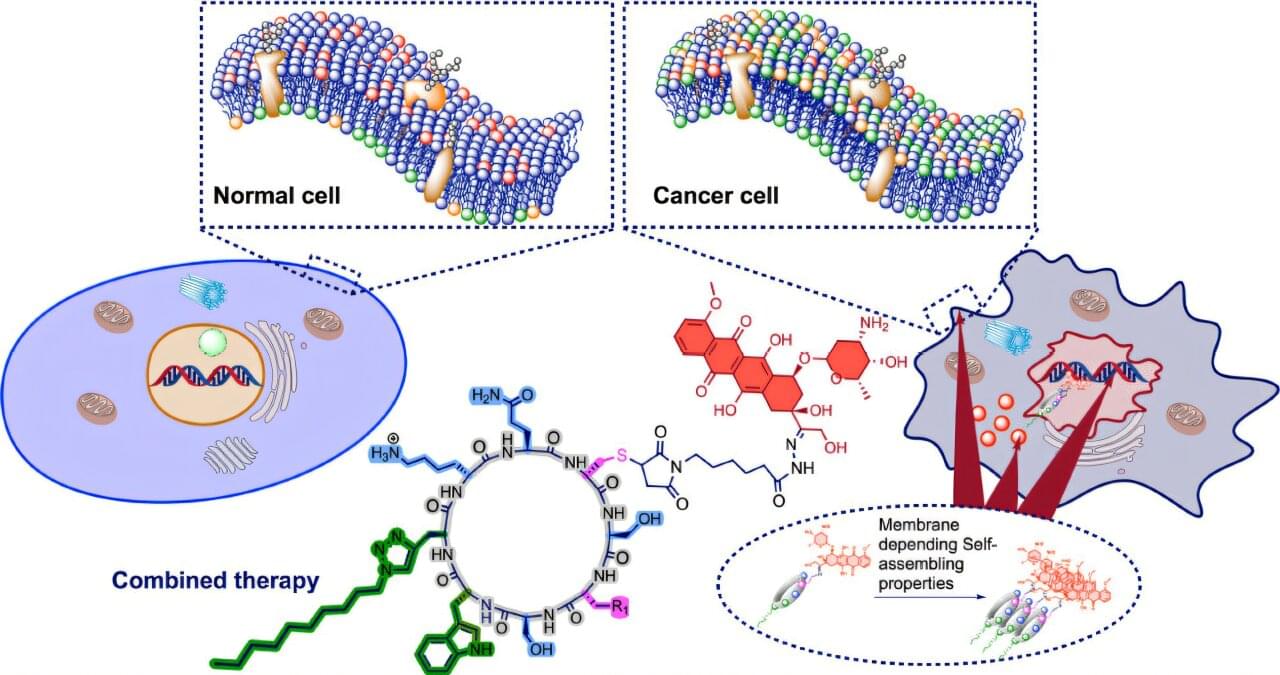
A research team at CiQUS (University of Santiago de Compostela, Spain) has unveiled an innovative molecular approach that enables anticancer drugs to reach the nucleus of tumor cells, where they can exert their therapeutic effect. The study focused on doxorubicin, a widely used chemotherapy agent. Prolonged exposure to this drug often leads to the emergence of resistant cells, a major clinical challenge that this strategy successfully overcomes while preserving the drug’s antitumor activity.
The approach builds on a simple but powerful concept: the ability of cyclic peptides —small amino acid rings— to stack and self-assemble into hollow cylindrical structures (nanotubes) on the surface of cancer cell membranes. The system, developed by the team led by Juan R. Granja, couples doxorubicin to these peptides and directs it to the cell nucleus through a delivery pathway that differs from the drug’s usual mechanism. This allows the drug to bypass the cellular resistance mechanisms that would normally deactivate it.
Compared with healthy cells, cancer cell membranes contain higher levels of negatively charged lipids. The cyclic peptides used in this study display a strong affinity for these anionic surfaces, facilitating their interaction with tumor cells. As a result, the peptide–drug conjugates enter resistant cells and travel towards the nucleus, where doxorubicin intercalates with DNA to trigger its cytotoxic effect.